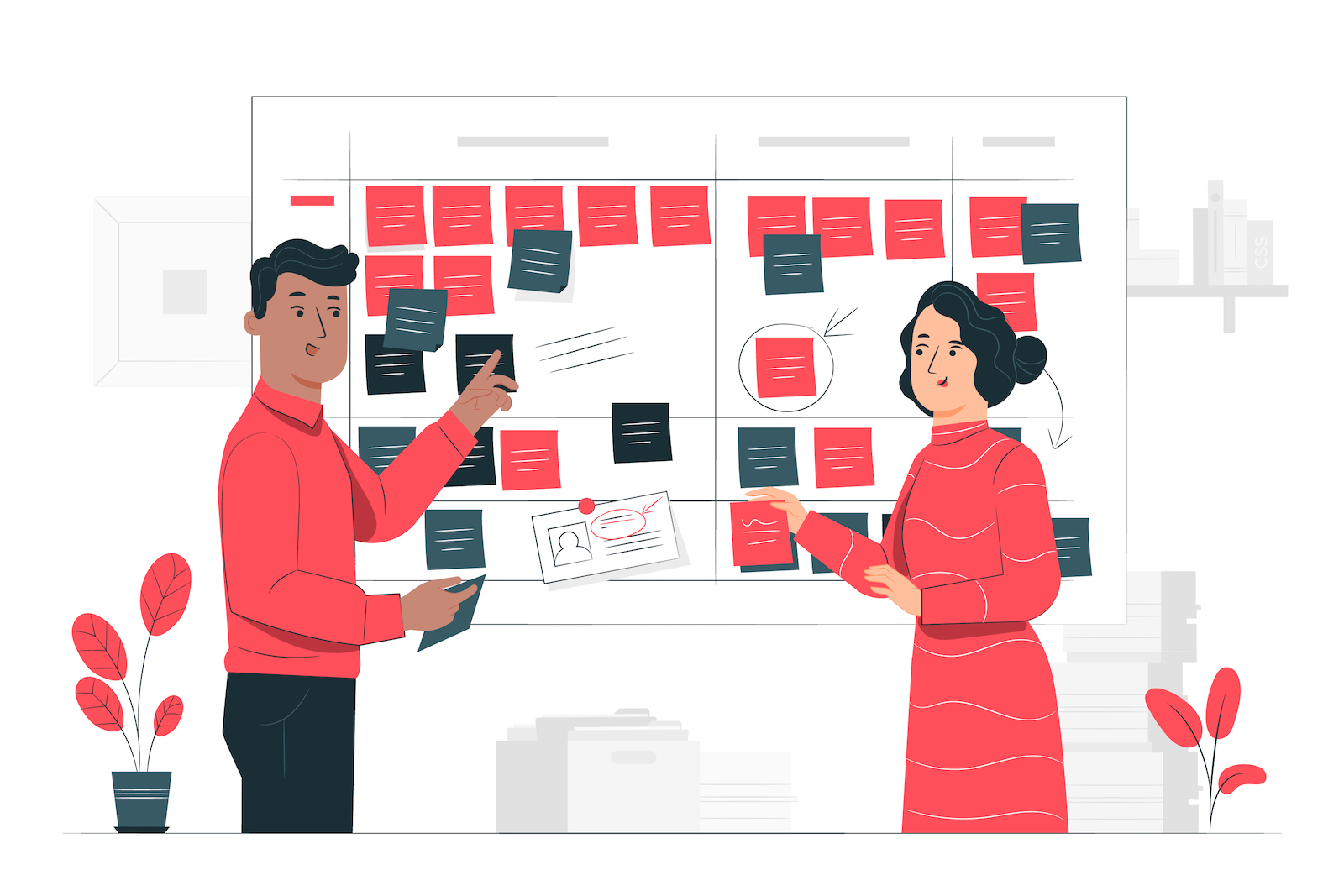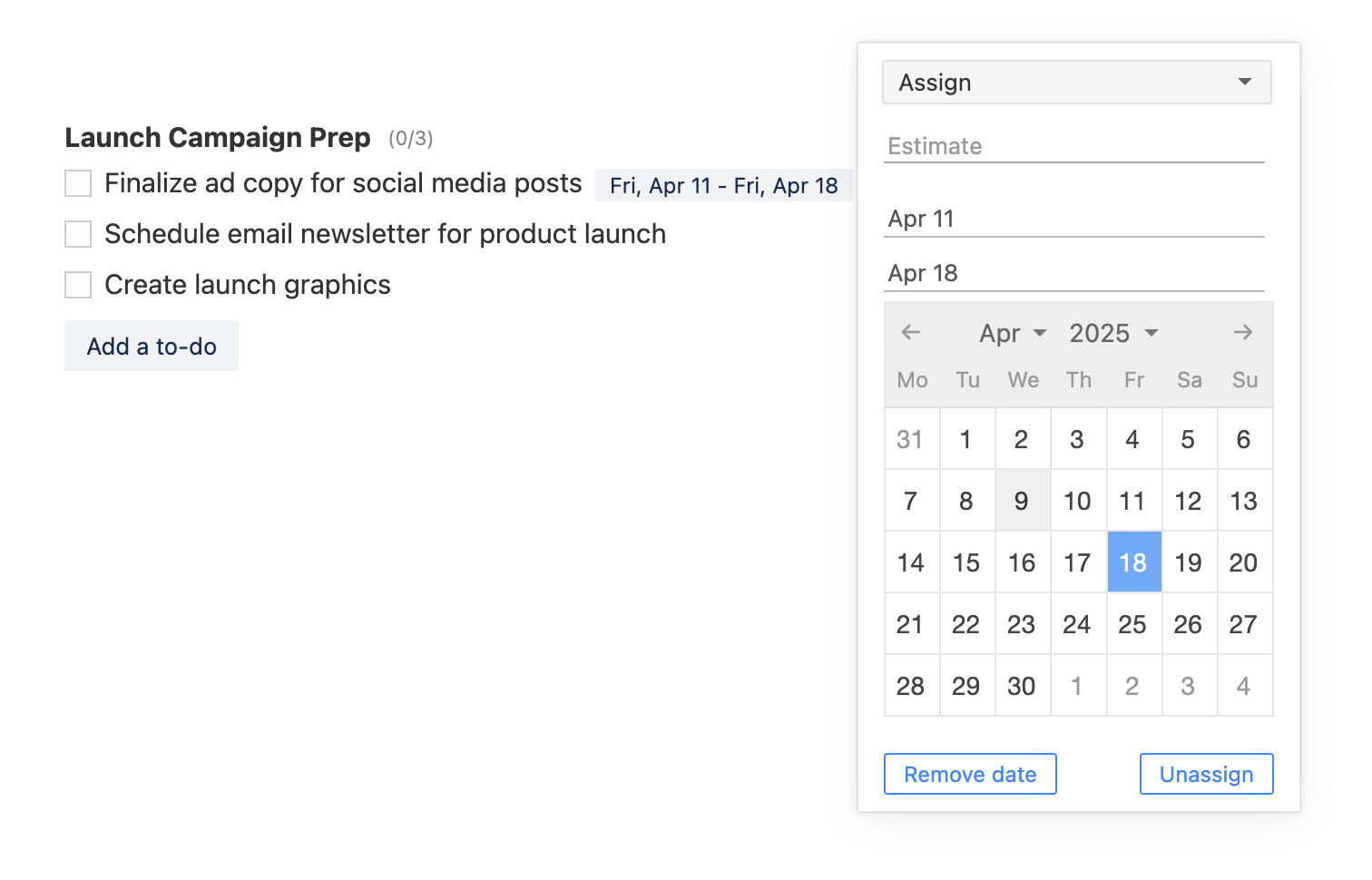How to Track Projects with Project Boards
Being a project manager means you need to be organized and have a clear idea of all the moving pieces in your project. Coordinating teams, meeting deadlines, and juggling many projects – all of this can overwhelm you if you’re not using the right project management methodologies and toolkits.

You can't walk around with a TO-DO list tucked away in your brain; it's not sustainable. You can forget to address various issues. That’s why you need somewhere to offload your brain.
Sure! A paper can do the trick, although you'll be the only one seeing the paper. What about your team?
It would help if you had something more holistic, transparent, and useful, like a project board.
So, What's a Project Board
A project board can represent anything—a Christmas holiday plan, a grocery list, an assignment plan, etc.
But for teams, a project board represents workflow with a start and end.
In team management, a project board can be the most important tool at your disposal. It will allow you to see what’s going on with your team and projects.
Individuals can also use a project board to represent their different goals as they work toward them. Also, it might help them stay focused while working toward the company’s goals.
Additionally, a project board is a two-way tool that assists in the discussion and review of tasks. What’s the next task and what needs improvements.
Components of a Project Board
- Cards: Cards are a visual representation of tasks. Each card comprises information on the task and its status like description, assignee, etc.
- Columns: The columns represent the different stages of the workflow. The cards need to go through the workflow process to their conclusion.
- Work-in-Progress Limits: They control the number of tasks in the various stages of the workflow. Also, they allow you to complete your work items by helping your team to focus on tasks at hand.
- Swimlanes: They’re horizontal lanes that you can use to isolate different kinds of activities, classes of services, teams, etc.
- Lists: They track the project from start to end, assigning clear responsibilities to team members and project managers.
Workflow
A workflow is the sequence of processes through which the cards (task) pass-through from the start to completion. The cards are often moved across the list from left to right as they’re being worked on or until they’re completed.
The Benefits of Project Boards

There are a lot of benefits to using a project board. Here’s a list of the important benefits:
Boost Productivity
By looking at the entire process end to end, team members and the project manager can pinpoint bottlenecks ahead of time.
Project boards allow you to visualize the entire work direction and flow. This means you can manage the project as well as ensuring a smooth and continuous flow.
Better access to information
A project board is effective in the building of cooperating knowledge. They combine information from different staff members and process it. This is effective for employees with little understanding of the complex system.
Brings Organizational change
Project board systems bring about organizational changethat’s needed. Such organizational changes lead to the improvement of business processes.
Besides, basic features such as file sharing, increased collaboration, and notifications to keep everyone aware of the status of tasks. A project board can result in a better understanding of the project and which organizational teams are working on what.
Reports
They can function as reporting tools to communicate information to the project manager and teams regularly. As a result, creating reliability, credibility, and trust in the project management.
Helps in identifying issues
Issues often arise in many projects. A project board can bring up issues to the attention of a project manager so he/she can review and assess them. Also, it helps in predicting and avoiding future problems.
Builds templates for future projects
Building templates advances the process of creating future projects. A project board helps project managers plan, execute, and repetition of successful processes.
Efficiency in assigning tasks
The workflow of a project board provides you with a clear picture of the tasks in your project and the members who are assigned the task. It promotes the discussion of issues with the project change and creates a culture of continuous improvement. It creates a sense of responsibility, ownership, and accountability among team members.
Tools for waste reduction
Performing the right thing at the right time reduces waste. Regardless of the method of production, nobody likes waste. By using a project board, teams properly use resources for the best results, and can identify inefficiencies or redundancies in tasks – thereby eliminating unnecessary effort.
Final Verdict
Project management tools such as a project board present you with a simple way to represent our project tasks in-detail. With its help, your team can track, store, and share various information about the tasks they’re working on anywhere in the world.








